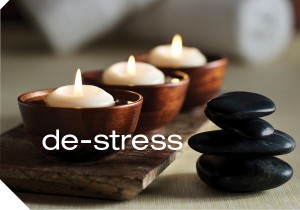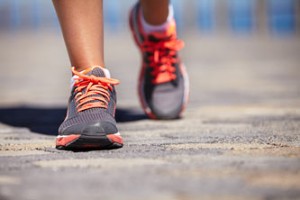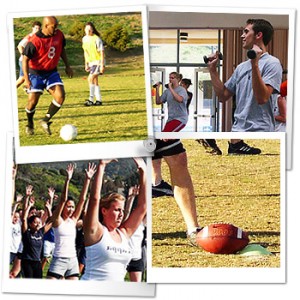 Here’s our top ten list to help you simplify & de-stress your life!
Here’s our top ten list to help you simplify & de-stress your life!
1. Create a “public” calendar. Whether you have a large family or there is just two of you, using a public calendar will let you take a “big-picture” look at a glance. You will be kept in the loop on items such as, when the strata meeting is, or when to schedule a dental appointment. Being able to visually see what everybody is doing will reduce the chance of frustration or surprise.
2. Run all the errands during your work week, and don’t save them for your days off. Take back your days off by scheduling your to-do list during the week; before or after work, or during lunch breaks.
3. Say ‘yes’ less often. Over extending yourself complicates your life, and learning to say no when you don’t want to do something is one of the quickest ways to leading an uncluttered life.
4. Delete social networking accounts you don’t use, and spend less time online.
5. Automate your finances by signing up for automatic bill pay and take advantage of technology. Apps and online calendars can help you plan and track your schedule, birthdays, errands, and monthly payments, which will simplify your life and reduce your stress.
6. Learn to ask for help! Asking for help is not a sign of weakness. You can hire someone, ask a friend or delegate it to a family member. You don’t have to do it all by yourself.
7. Learn to spend more time with people you like/love: Eliminate the “Debbie Downers” and the toxic relationships that aren’t working for you.
8. Get more sleep!
9. Eat more fruits, veggies, and whole foods.
10. Start waking up a few minutes earlier and plan your day by visualizing your schedule for that day. Getting up 15 – 20 minutes earlier will allow you to enjoy a cup of coffee, and take a few minutes to yourself. This routine will get you mentally set for the busy day ahead.
When your body is healthy and strong, you are able to handle the daily stress in your life. Another action plan to help you maintain your immune system, is to incorporate sessions of acupuncture and massage throughout the year.







